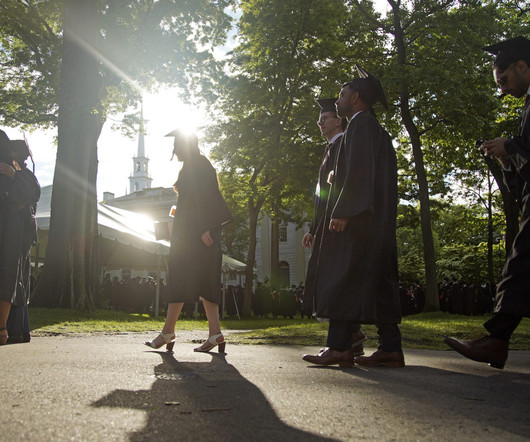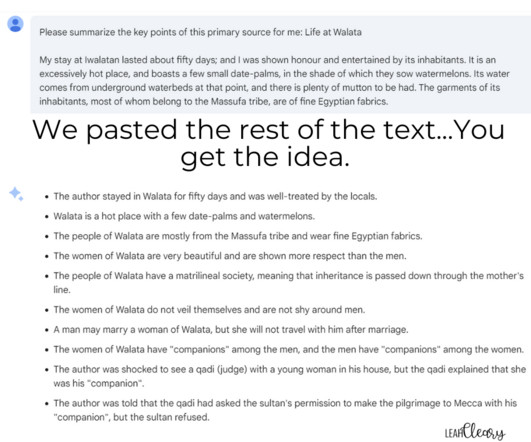Cultivating Leadership: Strategies for Building Capacity
A Principal's Reflections
JANUARY 28, 2024
In the ever-evolving landscape of education, the role of leadership is pivotal. The notion of educational leadership extends beyond administrative responsibilities; it embodies the vision, direction, and ethos of a learner-centric environment. Building capacity is not just an individual pursuit but a collective journey towards excellence. It is vital because it directly impacts the quality and effectiveness of teaching and learning environments.












Let's personalize your content